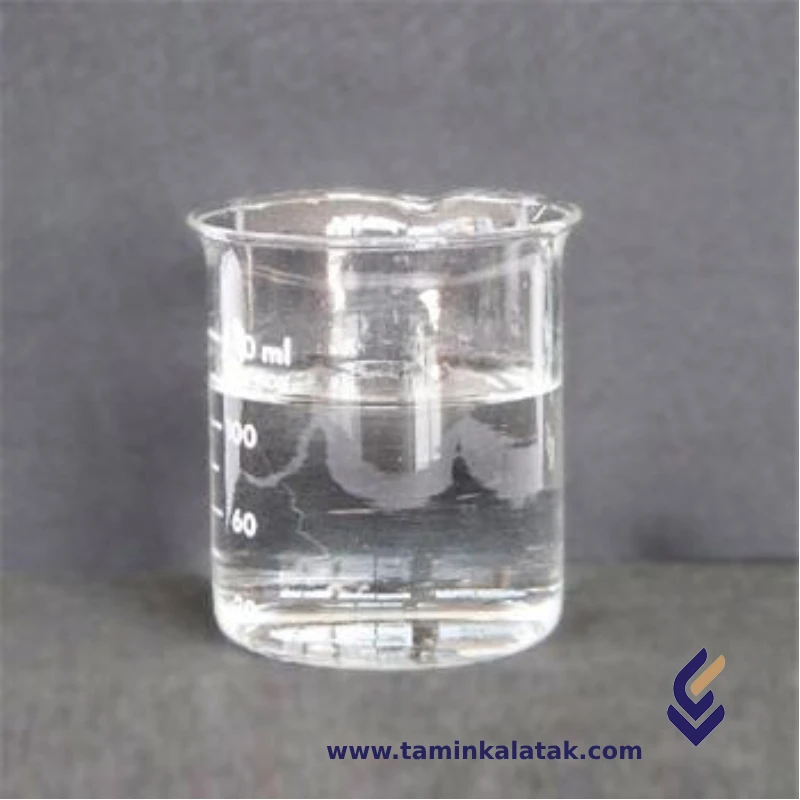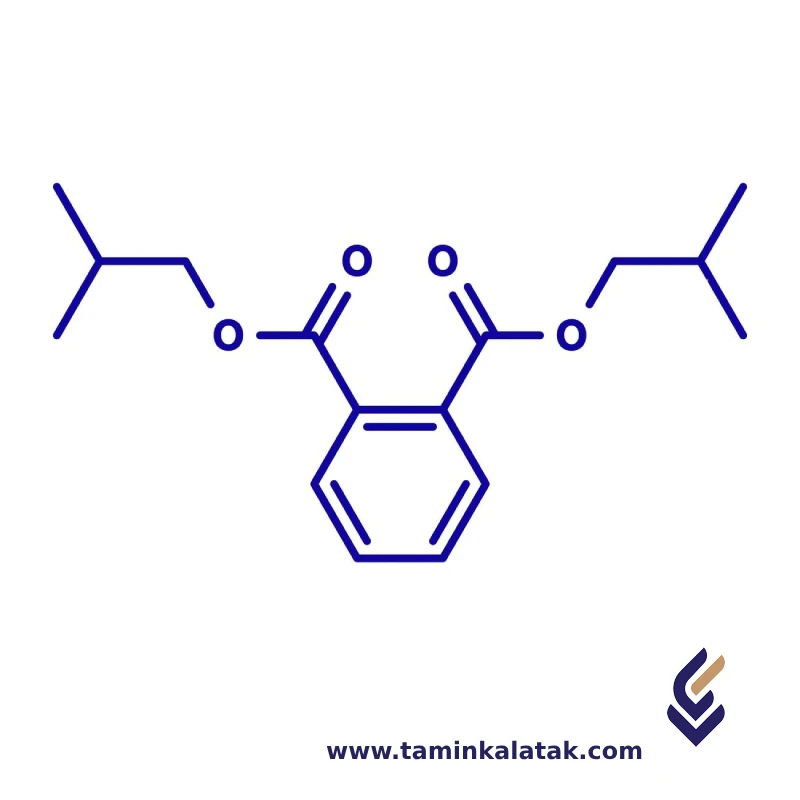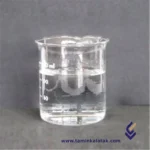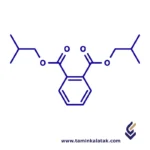Polymers are made up of very large molecules made up of many repeating units called monomers, which ultimately form this long polymer chain
Plasticizers are chemical additives added to polymers to increase their flexibility, ductility, and processability.
DiIsoButyl Phthalate (DIBP)
Diisobutyl Phthalate (DIBP) is a phthalate ester used primarily as a plasticizer. It is similar in structure and function to dibutyl phthalate (DBP) but has isobutyl groups instead of normal butyl groups.
Structure
Diisobutyl phthalate (DIBP) has a chemical structure consisting of a benzene ring with two ester functional groups attached at the 1,2-positions. These ester groups are derived from isobutanol, meaning each ester group contains a branched isobutyl (-CH₂CH(CH₃)₂) moiety. The core structure is based on phthalic acid, where the carboxyl groups are esterified with isobutyl alcohol. This results in a molecular framework that maintains the flexibility and plasticizing properties characteristic of phthalates. The branched nature of the isobutyl groups influences its solubility and interaction with polymers, making it effective in softening plastic materials.
Properties
Diisobutyl phthalate (DIBP) is a colorless to slightly yellowish liquid with a faint odor. It has a molecular weight of 278.35 g/mol and a dibp chemical formula of C₁₆H₂₂O₄. It is insoluble in water but highly soluble in organic solvents such as ethanol, acetone, and benzene. DIBP has a boiling point of approximately 327°C and a low vapor pressure, making it relatively stable under normal conditions. It functions as a plasticizer by reducing the brittleness of polymers, improving flexibility and workability. Its branched isobutyl groups contribute to its lower viscosity compared to other phthalates. DIBP has good compatibility with cellulose-based plastics, rubber, adhesives, and coatings. However, due to concerns about its potential reproductive toxicity and endocrine-disrupting properties, its use is regulated in certain regions.
Applications
- Used as a plasticizer in plastics, resins, and rubber to enhance flexibility and durability.
- Found in adhesives, sealants, and coatings to improve elasticity and workability.
- Utilized in the production of cellulose-based plastics and nitrocellulose lacquers.
- Commonly used in printing inks and paints to improve film-forming properties.
- Sometimes found in cosmetics and personal care products, though its use is now restricted in many regions.
Advantages
- Provides effective plasticization, improving flexibility and softness of materials.
- Offers good compatibility with various polymers, especially cellulose-based plastics.
- Enhances durability and longevity of coatings, adhesives, and inks.
- Low-cost alternative to other plasticizers with similar performance.
Disadvantages
- Classified as a Substance of Very High Concern (SVHC) due to reproductive toxicity.
- Restricted under REACH regulations in the EU and other regulatory frameworks.
- Potential endocrine-disrupting effects raise health and environmental concerns.
- Limited water solubility can lead to persistence in the environment.
- Replacement with safer alternatives is increasingly being encouraged.
Applications
| Applications | , , , |
|---|
DIBP
| Products | Viscosity(mPa.s) | Density(g/cm³) | Applications | Data Sheet | MSDS |
|---|---|---|---|---|---|
| DIBP | 12-15 | 104,00 | Plasticizer Adhesives & Sealants Printing Inks Resins & Polymers |










